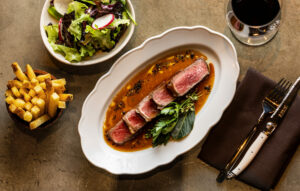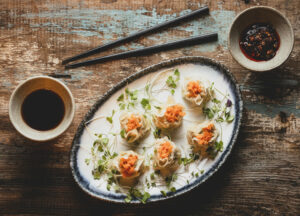 I love that my kids are interested in things like music, gymnastics, and horses, but let’s be honest, careening from one activity to the next like a life-size game of pinball can get as old as bingo in Florida, and gas north of 4 bones/gallon ain’t helping. But still, I try to cherish the time together these errands offer, because I know that all that stands between me and a perpetual string of lonely afternoons is a few years and a driver’s license, and I’d like always to remember what it feels like to earn the unquestioning dependence of a child.
I love that my kids are interested in things like music, gymnastics, and horses, but let’s be honest, careening from one activity to the next like a life-size game of pinball can get as old as bingo in Florida, and gas north of 4 bones/gallon ain’t helping. But still, I try to cherish the time together these errands offer, because I know that all that stands between me and a perpetual string of lonely afternoons is a few years and a driver’s license, and I’d like always to remember what it feels like to earn the unquestioning dependence of a child.
Tuesdays and Thursdays are gymnastics days for my middle, and days on which our natural tack takes us past Love Farms’ roadside stand, where we sometimes shop together, and let the ebb and flow of the seasons determine our dinner. March can be a little tricky for the hyper-local shopper, but winter in wine country has its own austere rhythm, and one of its refrains is cauliflower.
Cauliflower – arguably, second only to truffles in the smells-almost-disturbingly-like-sex category – is a strange and wonderful beast. Ask a botanist and she’ll tell you that, as a member of the species B. oleracea, cauliflower is taxonomically indistinguishable from brussel sprouts, kale, broccoli, collard greens, and at least half a dozen other cruciferous vegetable that all seem very different, at least to me. Expose it to heat, and cauliflower can produce flavors ranging from the delicate (sometimes known as bland), all the way over to the sweet and earthen ends of the spectrum, sometimes even veering into funkier impressions of musk and sweat.
Niki Segnit, in her brilliant little treatise, The Flavor Thesaurus, talks about how cauliflower shares qualities with truffles, cheese, garlic and sex – “like sleeping with the greengrocer, in other words.” This wonderfully evocative description is in fact borne out by the stuff’s chemical proclivities for pairing, as I discovered using the software on FoodPairing.be, including things like oily fish, white chocolate, and strong cheese: This graphic helps make sense of some classically inspired dishes that sound a bit strange at first, like Heston Blumenthal’s chocolate-cauliflower risotto, Joel Robuchon’s pairing of cauliflower with asparagus and caviar,
This graphic helps make sense of some classically inspired dishes that sound a bit strange at first, like Heston Blumenthal’s chocolate-cauliflower risotto, Joel Robuchon’s pairing of cauliflower with asparagus and caviar, and the very old school Italian pasta sauce based on cauliflower and anchovies.
and the very old school Italian pasta sauce based on cauliflower and anchovies.
As a rule, I won’t even think about trying to recreate Michelin-starred dishes in my kitchen, but I do love old school Italian, and I’ve been meaning to take a crack at this whole cauliflower-anchovy thing ever since I first read about this dish in a wonderful piece on the Clary Sage blog. Here’s my take, more or less verbatim from Marcella Hazan, although the grated white chocolate “cheese” is all mine, for better or for worse…
2 garlic cloves, peeled and chopped
6 flat anchovy fillets, chopped very fine
-
Trim the cauliflower, break into large florets, and wash. Cook in boiling water until just fork-tender, but not mushy – test along the way. Drain and shock.
-
Saute the garlic and chili flakes in the oil until the garlic is a light golden brown and sweetly aromatic.
-
Turn off the heat and add the anchovies, mashing them into the oil with the back of a wooden spoon to form a paste – they should largely dissolve into the oil to make a sauce. Add the well-drained cauliflower, breaking up the florets into nut-sized pieces, turning them to coat in the sauce. Add salt to taste. The sauce will hold at room temperature for several hours at this point, so you can make it well ahead of time.
-
Cook the pasta. About half-way through, re-heat the sauce (take care not to burn the garlic or overcook the cauliflower).
-
Toss the pasta and sauce with the fresh parsley. Serve along with a bowl of the grated white chocolate in place of cheese – it will look and act just like cheese, adding a fatty flavor accent, except that it does so with a strangely wonderful sweetness.
[Photo credits: Wikipedia, FoodPairing.be]









